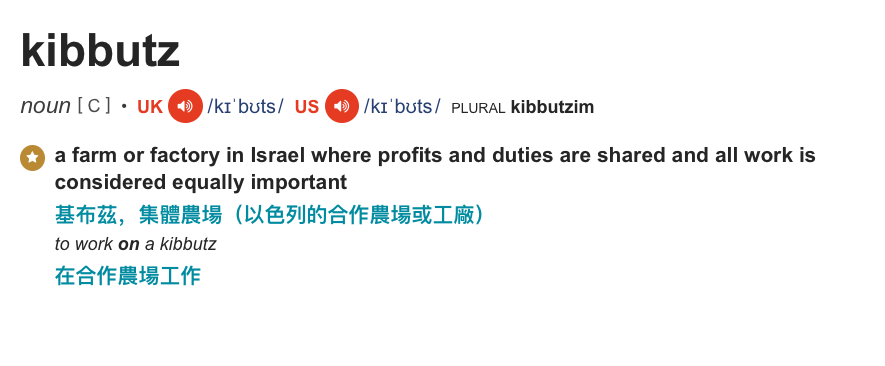

Your goal is to formulate a project which will present/discuss one of the topics/issues we discussed during the semester. The format is up to you – be creative. It can be: a film, a photo exhibition, ppt presentation, song, a machine or anything that comes to your mind.
Submission date:
1) Proposal: One printed page with a headline, research question, short description and methodology.
2) Project presentation (Week 12+13).
Suggested guidelines:
1) Decide on a topic, try to write a headline to your project.
2) Formulate a research question/s you wish to explore?
3) Decide how you are going to explore it (methodology).
4) Start your research.
Headline
Research question
Short description
In this report, we will try to answer the question by literature review and framing analysis. The question would be divided into the following aspects:
Methodology
literature review and framing analysis
Introduction
Methodology
Result
Discussion
1. How to define Jews? Is Jews genetically identical? Do Jews need to be verified by Rabbis? 猶太人和猶太教徒? 猶太人是一種人種可以驗DNA的?猶太教徒是依據有沒有信教,經過拉比認證的嗎?
2. 中國人民公社之前的基布茲資料來源?不用收費的資料來源?
3. 日本The Japan Kibbutz Association(the 1960s)的資料/論文來源?

Function transformation of Kibbutz
Kibbutz Movement Volunteers Program Center
https://en.wikipedia.org/wiki/History_of_the_Jews_in_Japan
The Japan Kibbutz Association (Nikon Kibutsu Kyôkai) was established in 1963. Besides promoting the establishment of this form of collective in Japan, it aims to sponsor educational visits to Israel to study farming methods and other forms of social reconstruction.
1. Globalization of Communes: 1950-2010
2. Japan Commune Movement has set up a small kibbutz in Akan, eastern Hokkaido
3. He ... saw the kibbutz ... as the solution he had long sought for rural Japan. ... with his book, “The New Agriculture of the Kibbutz,” the Japan Kibbutz Association properly came into being in 1963.(http://www.culturemagic.org/PDF/c2ICHistory.pdf).
4. As in other countries, some Japanese have been fascinated with kibbutz ideology, going to work for a time as volunteers at kibbutzim. It is likely that - apart from idealism and a sense of adventure - the collective approach of kibbutz life resonates well with Japanese values, which traditionally give primacy to the group over the individual. In 1963, Tezuka Nobuyoshi set up the Japan Kibbutz Association (Nihon Kibutsu Kyokai) which grew to 30,000 members within a few years. This group produced a number of publications and sent Japanese to volunteer on kibbutzim in Israel. One Japanese person who volunteered in Israel with the association wrote the 1965 best-seller, Shalom Israel, describing the warmth of kibbutz life.
History of the Jews in China
The Jewish Chinese community manifests a wide range of Jewish cultural traditions, and it also encompasses the full spectrum of Jewish religious observance. Though a small minority, Chinese Jews have had an open presence in the country since the arrival of the first Jewish immigrants during the 8th century CE. Relatively isolated communities of Jews developed through the Tang and Song Dynasties (7th to 13th centuries CE) all the way through the Qing Dynasty (19th century), most notably the Kaifeng Jews (the term "Chinese Jews" is often used in a restricted sense in order to refer to these communities).
In the 19th and early 20th centuries, Jewish merchants from around the world began to trade in Chinese ports, particularly in the commercial centers of Hong Kong, which was for a time a British colony; Shanghai (the International Settlement and French Concession); and Harbin (the Trans-Siberian Railway). In the first half of the 20th century, thousands of Jewish refugees escaping from the 1917 Russian Revolution arrived in China. By the time of the establishment of the People’s Republic of China in 1949, only a few Chinese Jews were known to have maintained the practice of their religion and culture through the Kaifeng synagogue survived for around seven centuries until 1860.
China’s Jewish communities have been ethnically diverse ranging from the Jews of Kaifeng and other places during the history of Imperial China, who, it is reported, came to be more or less totally assimilated into the majority Han Chinese populace due to widespread intermarriage. (ref. wikipedia)
猶太人與中國接觸最早始於漢朝的陸上絲路貿易(不可考),後來在唐朝時開始了海上絲路,波斯猶太人持續來到中國貿易,並於宋朝時定居在開封(所以稱為「開封猶太人」,今河南省中東部),這群猶太人開始學習中國的語言、文化並與和民族通婚,其中許多人重誒了著名的商人。在中國對西方開放和英國準殖民主義時期,第一批在中國定居的群體是第一次鴉片戰爭後在英國保護下抵達中國的猶太人。由於這些地區存在重大的英國殖民主義,這些猶太人中的許多人都是西班牙印第安人或伊拉克人。第二個社區出現在20世紀的前幾十年,當時許多猶太人在這些城市的經濟擴張期間抵達香港和上海。更多的猶太人從1917年的俄國革命中作為難民抵達。猶太人和猶太家庭的湧入將在20世紀30年代末和40年代到來,目的是尋求歐洲大屠殺的避難所,主要是歐洲血統。上海的猶太難民數量眾多,其中大多數是在戰爭結束後離開的,其餘的在中華人民共和國成立之前或之後立即搬遷。
幾個世紀以來,開封猶太社區與漢人幾乎無法區分,中國政府也不承認他是一個獨立的少數民族。這是因為開封猶太人已接納了許多漢族習俗,包括父系血統和與當地漢人的廣泛通婚。由於他們的宗教習俗被認為已喪失功能,所以他們沒有資格根據「回歸法」移民到以色列。
Beijing’s Jewish community
http://www.sinogogue.org/about-us/
The Oxford Encyclopedia of Economic History, V3, p468
The Limits of Equality: Insights from the Israeli Kibbutz
Science Direct
https://www.sciencedirect.com/topics/social-sciences/kibbutz
JSTOR papers related
https://www.jstor.org/topic/kibbutz/?refreqid=excelsior%3A6ae5882e455c8eebbd1d849073e31c4c